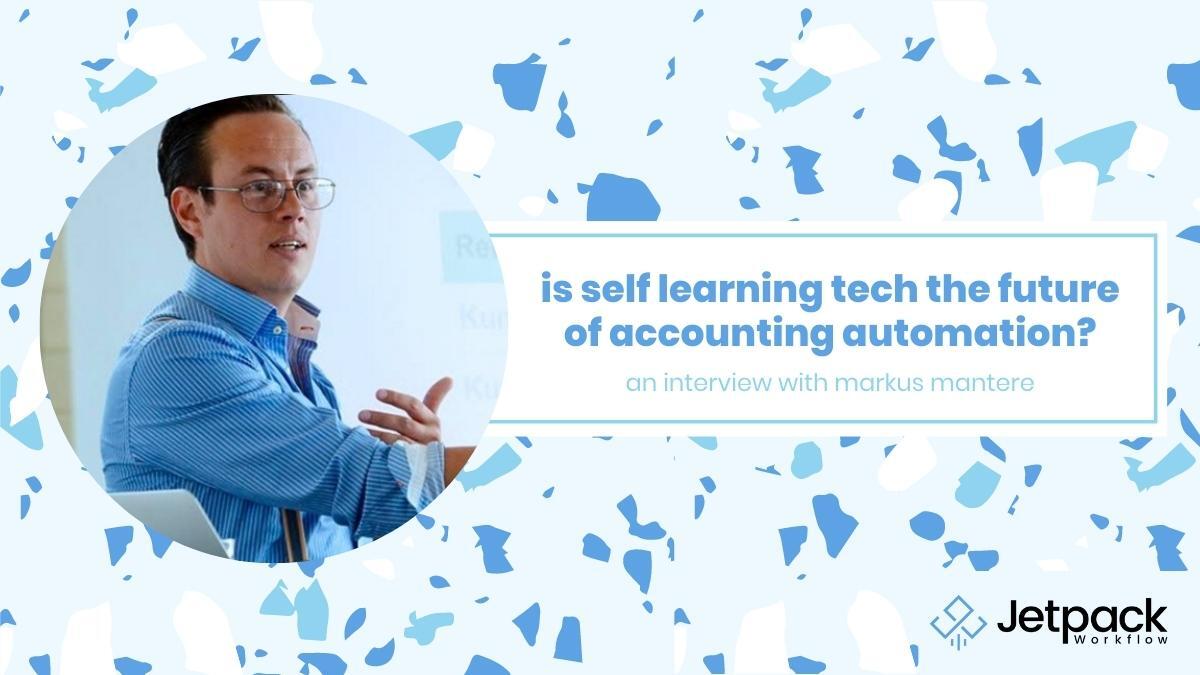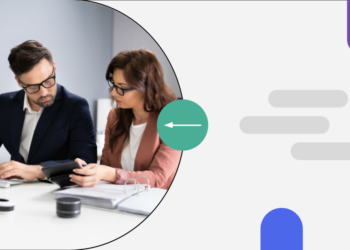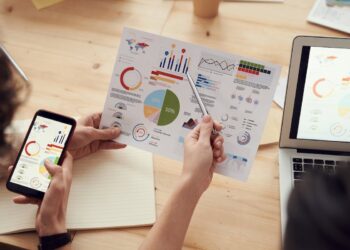Is Self-Learning Tech the Future of Accounting Automation?

Podcast
Summary
- Automation: Is It The Future?
- Understanding Machine Learning
- Self-Learning Algorithms: A New Breed of Tech
- Are Self-Learning Algorithms AI?
- Self-Learning Algorithms As AI
- Self-Learning Algorithms = ”Look Ma, No Hands!” Right?
Additional Resources
- Markus’ LinkedIn
- Markus’ Email: markus.mantere@arkimera.se
- Arkimera
Meet Markus Mantere
Markus Mantere is the Deputy Managing Director at Arkimera Robotics which is a Swedish company that developed and perfected a self-learning algorithm that automates the data entry in accounting software. Arkimera Robotics partners with software companies that use this service to provide their customers with top of the line self-learning automation embedded in their own software.
Automation: Is It The Future?
People have been saying that automation is the future of the workforce for a long time. In the accounting world, automation began making its way into various technologies, helping firms with uploading invoices, receipt tracking, data analysis, and the like. When we think about automation, we typically think of AI, machine learning, and self-learning algorithms. But, those all refer to the same thing, right? Not really. There are some key differences. While machine learning and self-learning algorithms are both types of automation, they aren’t the same thing, and we’ll discuss AI a little later on.
Understanding Machine Learning
Concerning machine learning, Markus says, “We came from a background of very simple settings in the software, like remembering the last account that was used and strict rules like that.” Now, however, Markus is seeing many companies utilizing machine learning models to move a multitude of documents through in order to better automate data entry. The problem with this solution, according to Markus, is that it only takes you so far.
The result of machine learning models is often cookie cutter, one-size-fits-all solutions. Not only that but it typically has to be supplemented with human intervention, so it doesn’t result in full fledged automation. This results in many companies having to outsource that work, creating an extra expense.
Get everything you need to manage projects and meet deadlines.
Subscribe to our weekly newsletter, and get 32 free accounting workflow templates today!
sign me up!
Self-learning algorithms is a type of automation that is more adapted to the human end-user, whether that person is a bookkeeper, accountant, or small-business owner. It’s a technology that efficiently, rapidly, and constantly learns from its human end-user counterpart via the data flowing through the software it’s embedded in. This continuous learning allows models to be built that further inform the algorithm about how certain clients like their data entered.
With machine learning, you constantly have to retrain the machine to get it to learn something new, whereas with self-learning algorithms constant learning, its field of knowledge and pattern database constantly grows. Additionally with machine learning, you have to input an enormous amount of data in order to get a singularly focused result, whereas self-learning algorithms allow for much smaller and custom data sets to be utilized.
Are Self-Learning Algorithms AI?
Markus says that “AI is a term that is misused a lot.” Artificial Intelligence is a term that is often used more by the marketing team than the development team. It’s a buzzword that gets investors excited and the general public more interested, however, it’s just a buzzword in this case. “We typically don’t use the term artificial intelligence even though I think it can be used for this technology because it is some form of artificial intelligence.” He also notes that many of Arkimera’s clients call the self-learning algorithms AI anyways.
Self-Learning Algorithms as AI
Markus states that a few of Arkimera’s clients use their self-learning algorithms as a basic AI. Here’s how. The algorithm is integrated as an application programming interface (API). Once the API is set up, the algorithms and the accounting software can begin to communicate. After communication between the two has been established, the algorithm can get to work.
The first way the self-learning algorithms help out once integrated is by sorting incoming documents based on how similar documents have been sorted historically. The algorithm then perform the data categorization and entry on the end users behalf, in real-time. The data entry is entirely based on the historical data for that particular company. The only human in the loop is the actual end-user, teaching her software how to perform her data-entry in accordance with how he would have done it herself.
One particularly interesting function comes into play when you have a brand new customer with no history of electronic documentation. You can select another company and clone their data entry processes and data structure to serve as a base for the onboarded company. Since the software now has continuous self-learning capabilities, any changes made to the data-entry will add to the algorithm’s accumulated knowledge for the new company. As the human master makes changes, the software learns, and adapts.
Self-Learning Algorithms = ”Look Ma, No Hands!” Right?
So, you’ve got self-learning algorithms set up, you can just let it do its thing then, right? Not really. “You still have to keep an eye on it. You are still responsible, of course.” This tool, Markus says, is designed to empower the accounting expert, not to take away their job.
Conclusion
We covered a ton of great information in the podcast, so if you’re after more detailed information, be sure to check out the full episode! If you want to learn more about Markus and self-learning algorithms, you can connect with him on LinkedIn, via email, or by visiting Arkimera’s website.





